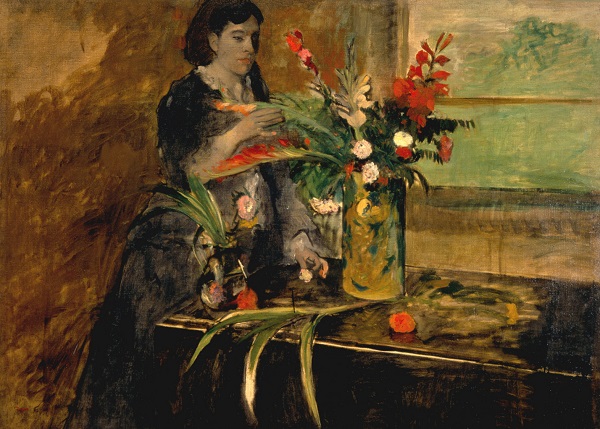
- This event has passed.
Art Matters Lecture
February 28, 2019 @ 4:30 am PST

When Edgar Degas traveled across the sea to visit his Creole family in New Orleans in 1872, he continually expressed his anxiety about his sight and his difficulty apprehending or painting the black persons so novel to him. The artist claimed that the brevity of his visit justified his decision not to depict this foreign place so pervaded by a boldly visible racial difference. The unfamiliarity of the spectacle of blackness made Degas think about other French artists who might have attempted to meet such a challenge, for instance Manet. This talk analyzes the intersection of sight, blindness, race and Creole identity in the writings and art of Degas during this period in New Orleans and his return to Paris.
Image: Edgar Degas, “Portrait of Estelle Musson Degas” (detail), 1872. Oil on canvas. New Orleans Museum of Art.


